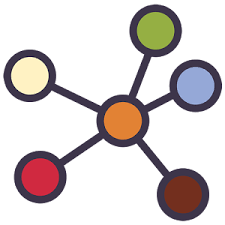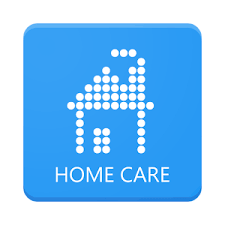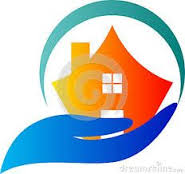Nuance Audio is a new option for people who resist traditional aids, from the company that makes Ray-Bans and operates LensCrafters.
Seekers of Meaning Podcast Posted Online March 7, 2025
What's Next Longevity Deal Talk Episode 32, January, 2025
Presentation: What's Next Longevity Venture Summit, June, 2025

 Consider the Gallup-Healthways survey about community well-being. Naples, Florida, is at the top. Really? Perhaps this caught your eye last week when you saw the
Consider the Gallup-Healthways survey about community well-being. Naples, Florida, is at the top. Really? Perhaps this caught your eye last week when you saw the  Shortage of paid care workers – a growing problem, not well-quantified by region. As AARP predicted in 2013, by the time the boomers arrive in their 80’s, just nine years from now, there would be a population deficit of
Shortage of paid care workers – a growing problem, not well-quantified by region. As AARP predicted in 2013, by the time the boomers arrive in their 80’s, just nine years from now, there would be a population deficit of  After the long, long, long HomeHero goodbye – was the analysis correct?
After the long, long, long HomeHero goodbye – was the analysis correct?